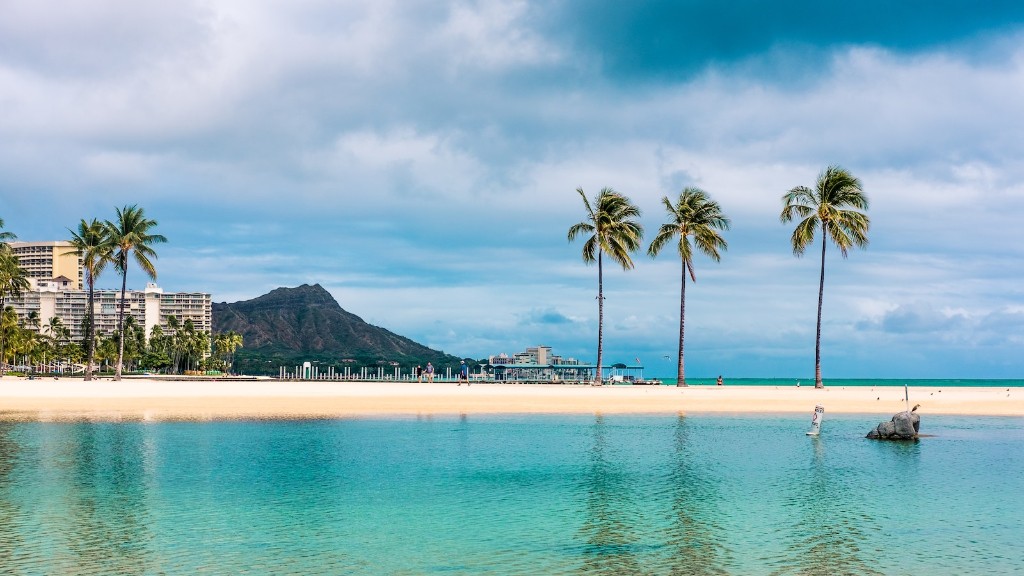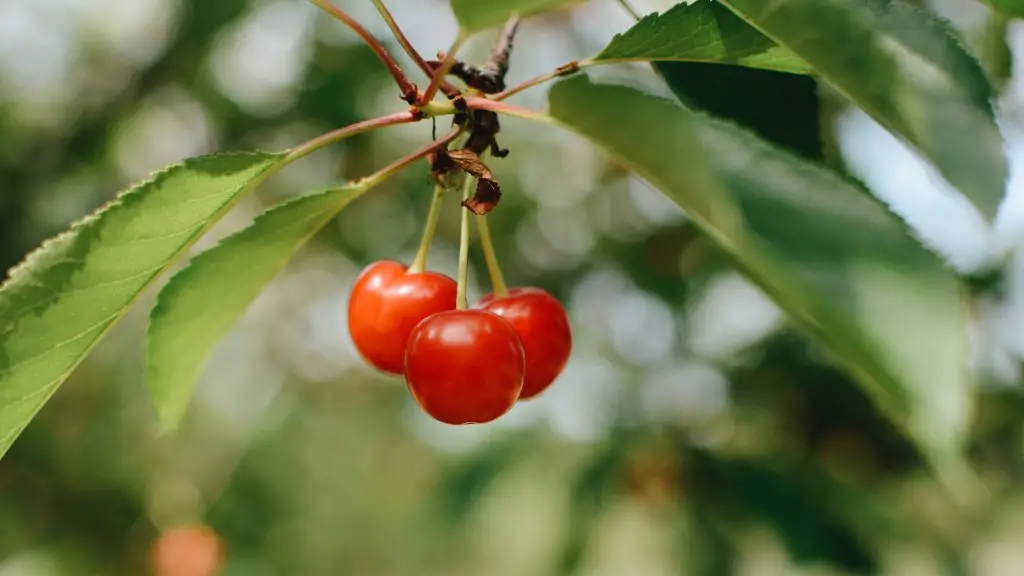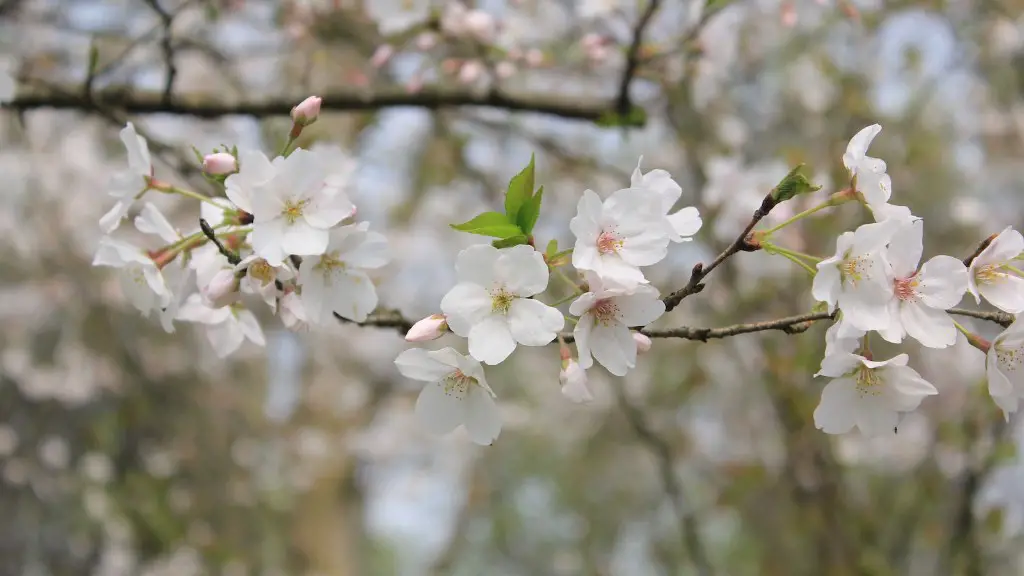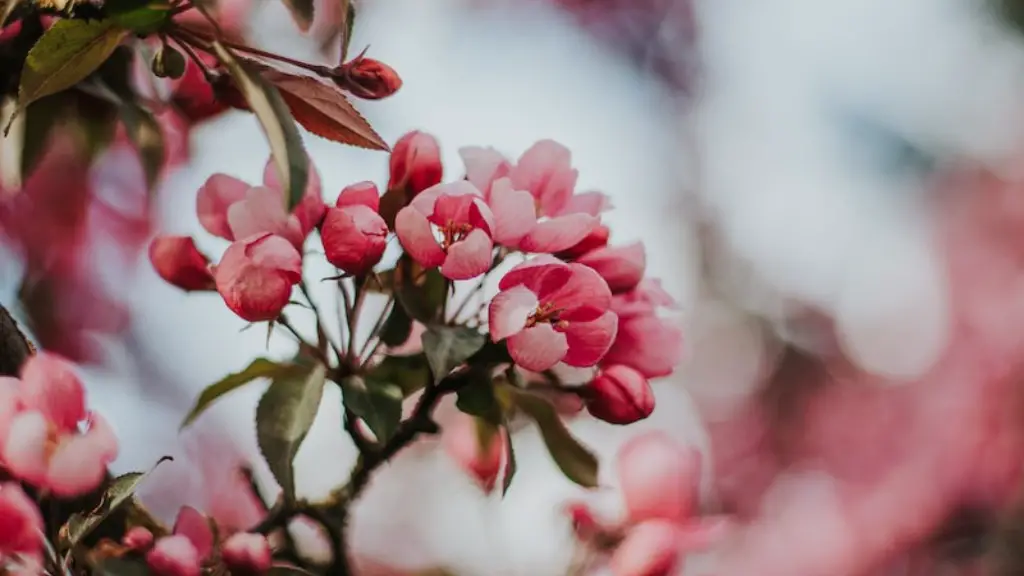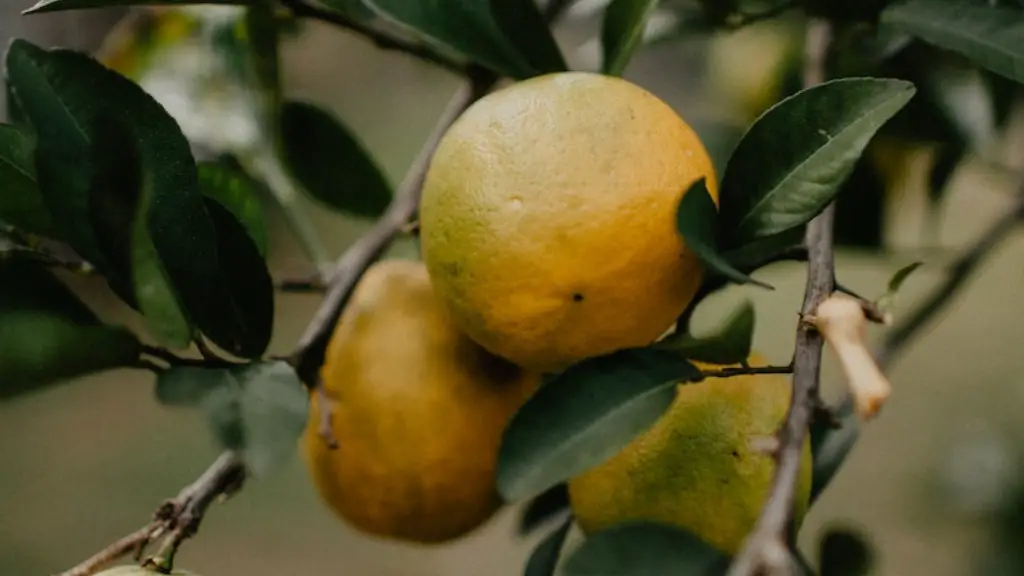How to Plant a Potted Palm Tree
When you think of palm trees, the beach likely comes to mind. These iconic symbols of the tropics are surprisingly easy to incorporate into any outdoor oasis, whether you live near the coast or a second away from the beach. Potted palm trees, especially, are a great way to add a touch of the tropics to your backyard.
When grown indoors, potted palms are usually container-grown in small pots, however, when planting a potted palm tree outdoors, enthusiasts usually opt for a large container. A 24 to 30 inch diameter container is ideal for a 5-6ft tall palm tree. If the size of the tree is significantly larger than the container, it is better to use a wooden box or terra cotta pot.
To successfully plant a potted palm tree, proper preparation is key. The most important step is to choose a location that is partially or fully shaded, however, not all palm species flourish in the shade. While some larger palms require full sun exposure, varieties like the popular ‘kentia’ and ‘dwarf date’ will do best with filtered or partial sun exposure.
The next step is to select a potting soil mix; it is important to give the tree’s roots a good environment in order to properly develop. The best ingredients for a potting mix include soil, perlite, and/or beneficial microbes such as mycorrhizal fungi. Additionally, a slow-release fertilizer should be applied to the soil every three to four months.
Once the soil is prepared, it is time to begin planting. Start by placing an inch or two of the soil in the bottom of the pot, and firmly pack the soil down. Place the tree in the center of the pot and fill the remaining space with soil. Make sure the soil is spread evenly around the tree and that it is tamped down firmly. The top of the tree should be level with the soil line.
Once the tree has been planted, it is important to remember to water it. Before planting, soak the soil thoroughly, but afterwards, water the tree just enough to keep the soil slightly moist. It is important to remember that overwatering can cause the soil to become soggy, leading to root rot.
Palm trees can also benefit from additional fertilization; a commercial water-soluble fertilizer can be applied regularly to promote healthy growth. Furthermore, if the soil becomes compacted and dry, it can be helpful to add compost or a layer of mulch. This will not only help to retain moisture, but it will also prevent nutrient loss.
Proper Care and Pruning
The look of a mature palm tree is often a result of care and pruning. While some pruning is necessary to promote healthy growth, over-pruning is not advised. Removing too much of the fronds can cause the palm tree to go into shock and can even cause death. The best way to ensure the health of the tree is to prune only the dry, yellow, or brown fronds and to be mindful not to remove too many at once.
Additionally, if there are any branches obscuring the views or crowding other plants, these can be removed as well. When pruning, use sharp and clean tools to avoid damaging the trunk of the palm tree. Finally, be sure to clean up any trimmings to avoid any disease or fungus from spreading.
One other important tip for caring for potted palm trees is to occasionally repot them. A mature palm tree should be repotted every two to three years to allow the roots ample room to grow and to ensure proper drainage. Repotting is simple; gently remove the tree from its pot, gently break up the soil, and transplant it into a new pot.
Preparing for Hot Summers and Cold Winters
Finally, when growing potted palms outdoors, it is important to be mindful of extreme temperatures. While most palm species are hardy and can handle colder climates, they should not be left outdoors in freezing temperatures. If temperatures are below 45°F, it is best to take the potted palm indoors for protection. Similarly, in extremely hot climates, the tree should be provided with plenty of shade and protection from the sun.
Although palm trees are typically associated with warmer climates, they have become increasingly popular in colder climates. With a little bit of love and care, one can create an outdoor oasis full of these vibrant, tropical plants. Planting a potted palm tree is not only a great way to liven up a yard, but it is also an easy way to experience the beauty and charm of the tropics all year round.
Protection from Pests and Diseases
One of the greatest risks of cultivating a potted palm tree is pests and diseases. While many diseases are specific to a particular species of palm tree, there are some common ones that should be avoided. Specifically, fungal diseases and scale infestations can be potentially deadly. To minimize the risk of disease, practice basic care such as pruning and root-pruning, fertilizing, and watering.
In addition to diseases, pests such as aphids, mealybugs, and whiteflies can also damage a potted palm tree. The best way to deal with pests is to use an insecticidal soap or an adequate pesticide. However, it is important to note that if applying a pesticide, be sure to adhere to the safety instructions printed on the label and always wear a proper mask.
Finally, a beneficial insect such as a ladybug can also be used to combat pests. Ladybugs are especially effective in controlling soft-bodied pests such as aphids and mealybugs. Furthermore, beneficial microbes can be used to naturally attract beneficial insects, thus further reducing the risk of pests and disease.
Feeding Nutrients to the Plant
In order to maintain a healthy potted palm tree, regular feeding of nutrients is essential. Feed your palm tree with a slow-release fertilizer at least two to three times per year, during the spring and summer months. Additionally, a water-soluble fertilizer can be applied every two to three months to ensure that the palm tree receives the necessary nutrients it needs to grow and thrive.
An alternative to these commercial fertilizers is to use compost or mulch. Adding a few inches of compost to the soil will provide necessary nutrients and will also help to retain moisture in the soil. Similarly, a layer of mulch on the top of the soil can help to keep the temperature cool, thus protecting the roots from the extreme weather conditions.
With the proper care and feeding, a potted palm tree can become a beautiful and vibrant addition to any backyard. With a little bit of love and attention, you can easily create a tropical paradise right in your own backyard.
Managing Sun Exposure
Another important factor to consider when planting a potted palm tree is the sun exposure. Determining the necessary sun exposure for a particular species of palm tree is essential for its health and longevity. While some varieties of palm trees prefer full sun exposure, others do best with partial sun or filtered light.
In naturally sunny areas, it is essential to provide the necessary protection from the sun. Too much sun can cause the roots to dry out and can damage the health of the tree. However, in areas where the sun is not as intense, a few hours of direct sunlight may be beneficial for the tree.
When caring for a potted palm tree, it is important to be mindful of the sun exposure. If the tree is receiving too much sun, be sure to provide additional protection with a good quality sunblock or shade cloth. Additionally, repositioning the pot to ensure that it receives the optimal amount of light is also a good idea.
Epiphytes and Other Accessories
The beauty of palm trees can be further enhanced with the addition of epiphytes, or plants that grow naturally on their surfaces. Epiphytes will not only enhance the look of the tree but will also encourage beneficial insects. Additionally, some varieties of epiphytic plants, such as ferns, have a natural ability to absorb excess moisture from the air, thus reducing the chances of root rot.
Other accessories such as decorative containers, tropical-inspired sculptures, and water features can also add to the beauty of a potted palm tree. With these accessories, one can create a tropical paradise right in their backyard. The possibilities are endless!
Creating an outdoor oasis with potted palm trees is a great way to add a touch of the tropics to your backyard. With proper care and management, these beautiful plants can be enjoyed for years to come.

